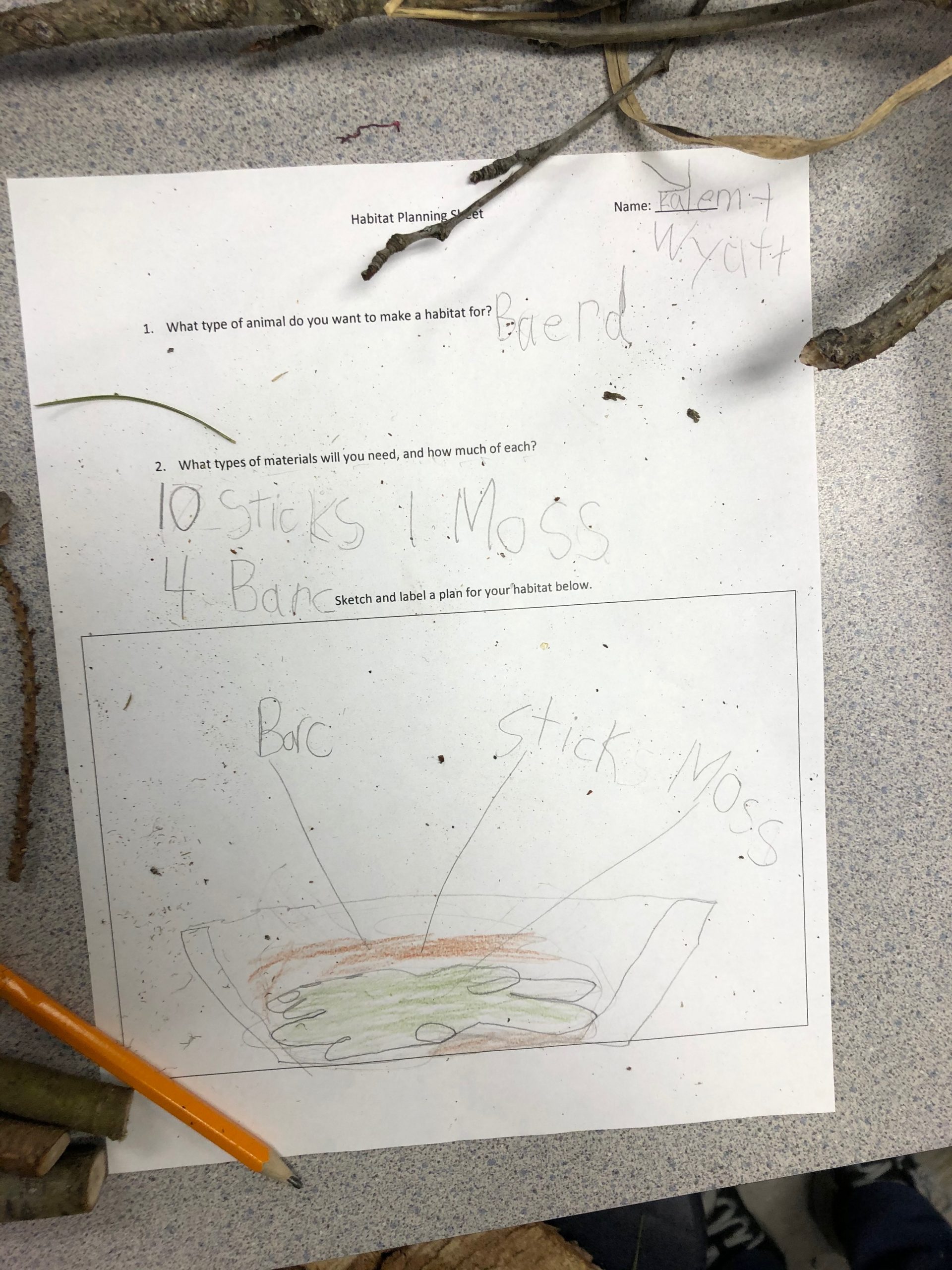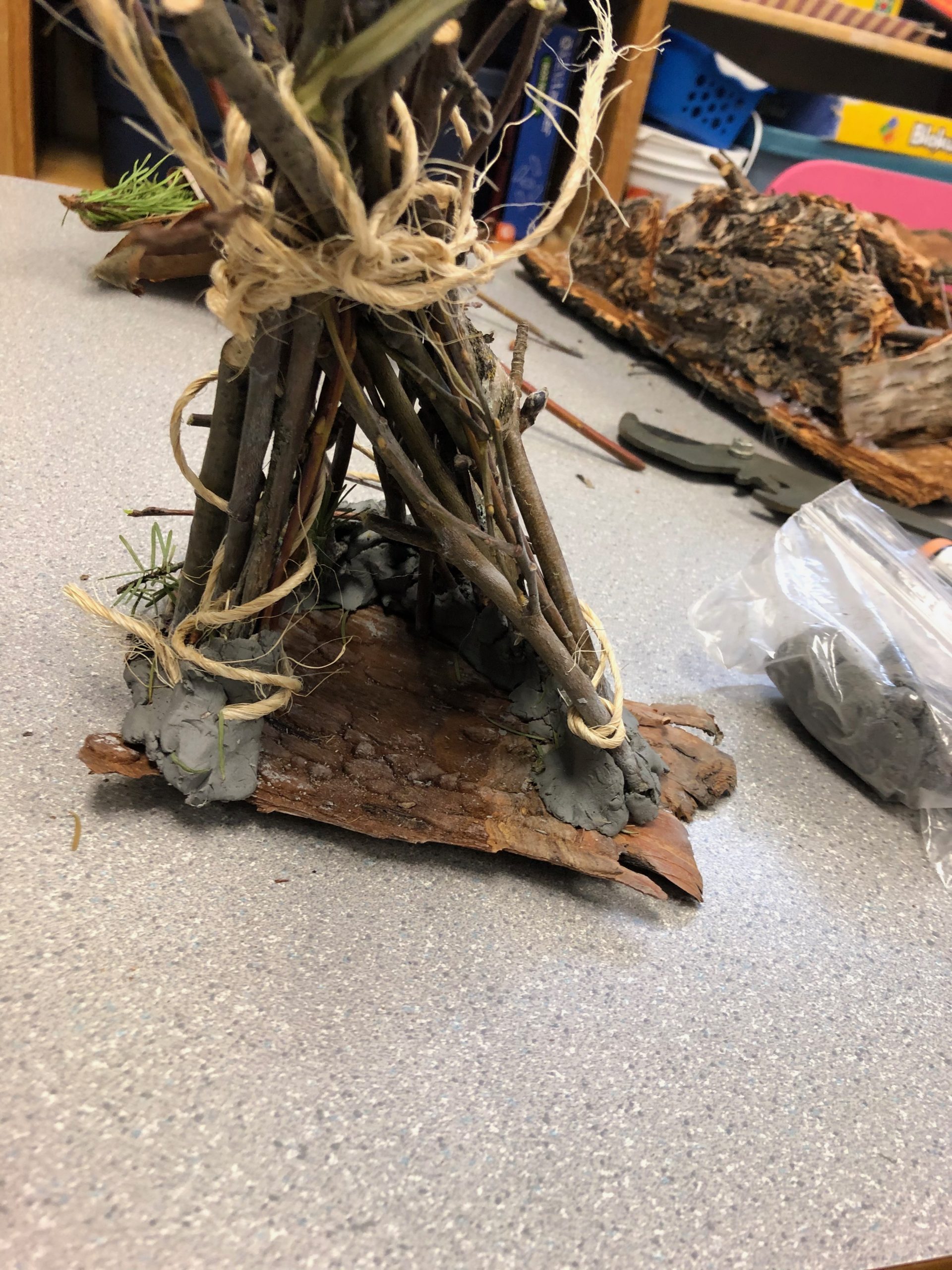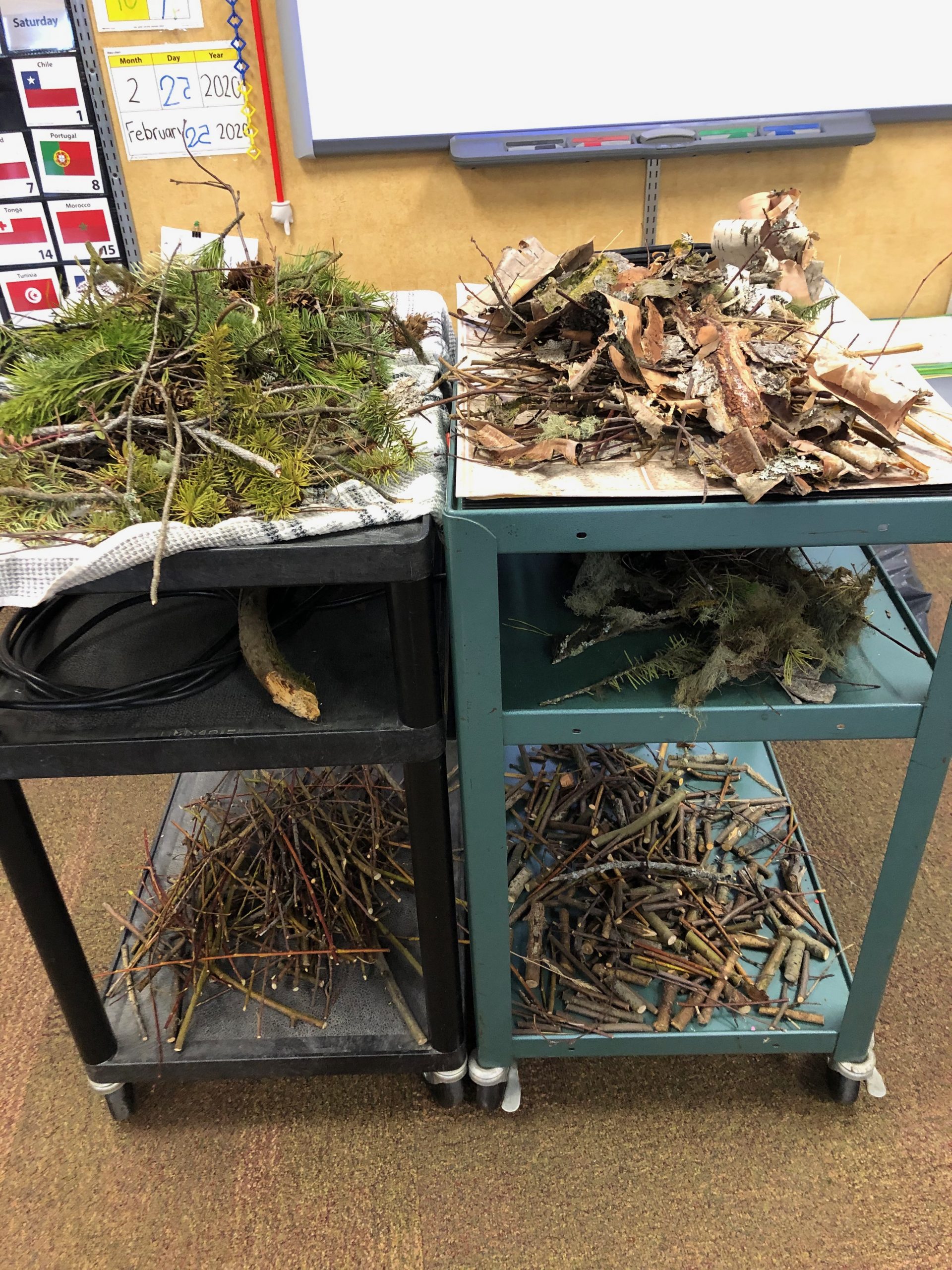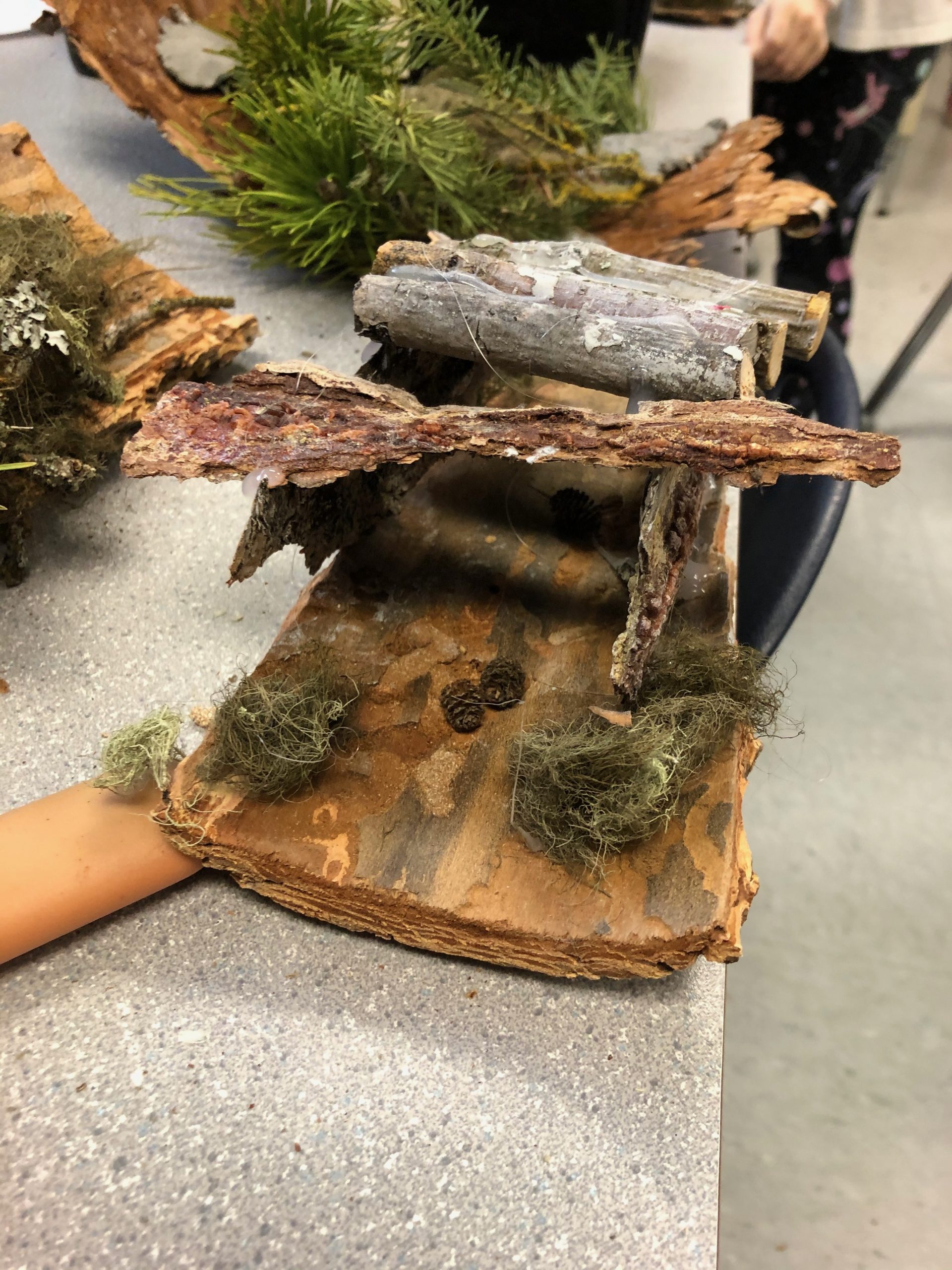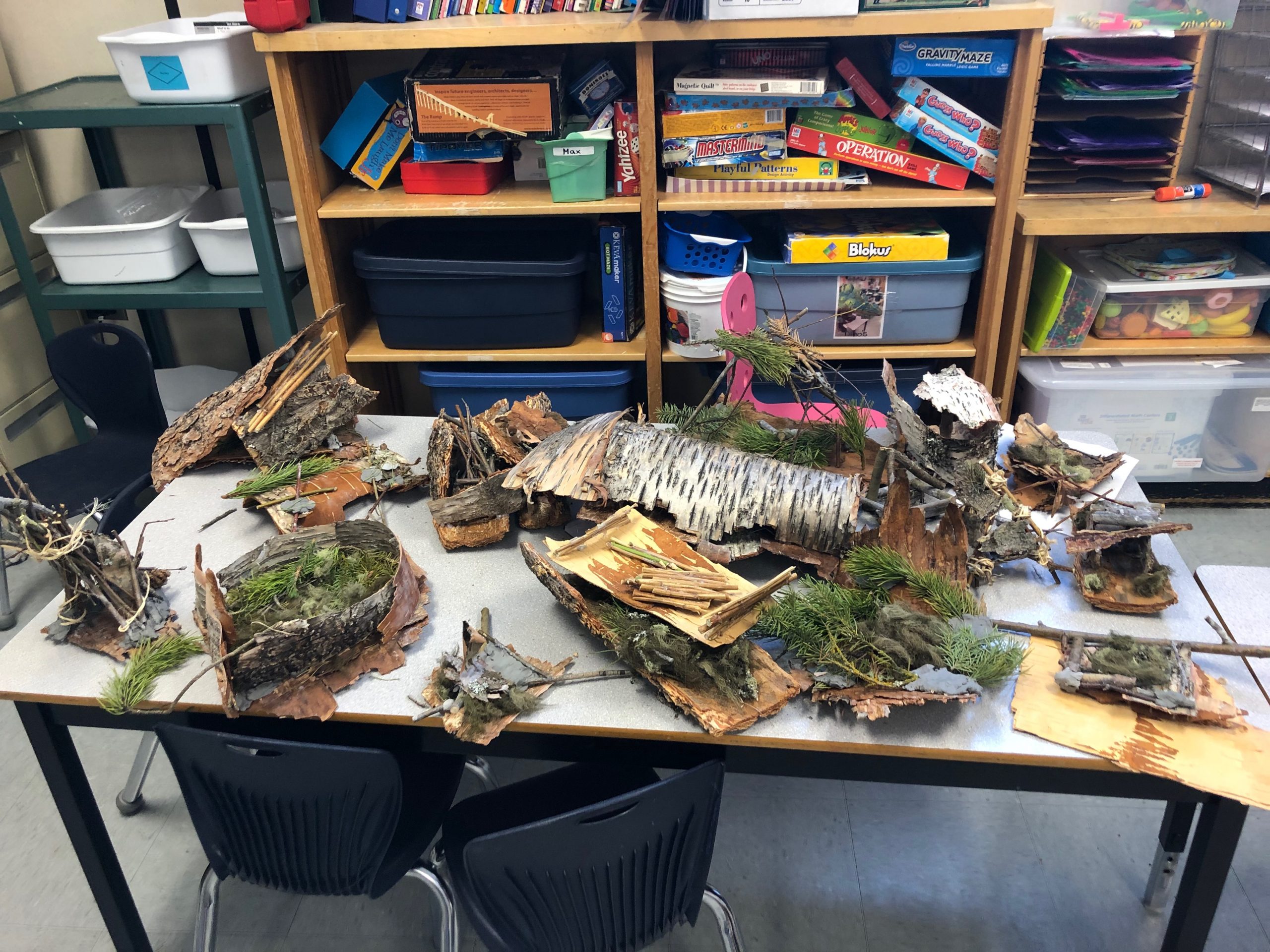Educators implement effective planning, instruction, assessment and reporting practices to create respectful, inclusive environments for student learning and development.
One of my favourite units was my habitat unit that I taught in my final practicum in grade 1/2 at Edgewood Elementary. I knew that this unit came with plenty of opportunity for inquiry, but in order to provide this inquiry for the students, I had to plan effectively. I wanted to create a meaningful, hands-on inquiry lesson for my students, so I spent plenty of time brainstorming ideas. I finally came up with the idea to collect materials for the outside environment and create a habitat for a particular creature. We would then take these habitats to Cottonwood Island Park and drop them off at a place of our choosing. This was by far one of my favourite lessons, but it took an immense. amount of planning. I had to plan where we would get the materials, what kind of materials would be allowed, how to plan for building, how to provide equity when dispersing materials, how to co-create criteria, how to foster inquiry, how to plan a field trip, and how to assess. After successfully providing students with some introductory information to habitats, we collected materials from around our schoolyard and pooled our resources. We co-created criteria on how to plan for building and what our structures required. Finally, we built our structures and took them to Cottonwood Island for our creatures. The students loved this experiential learning opportunity!
